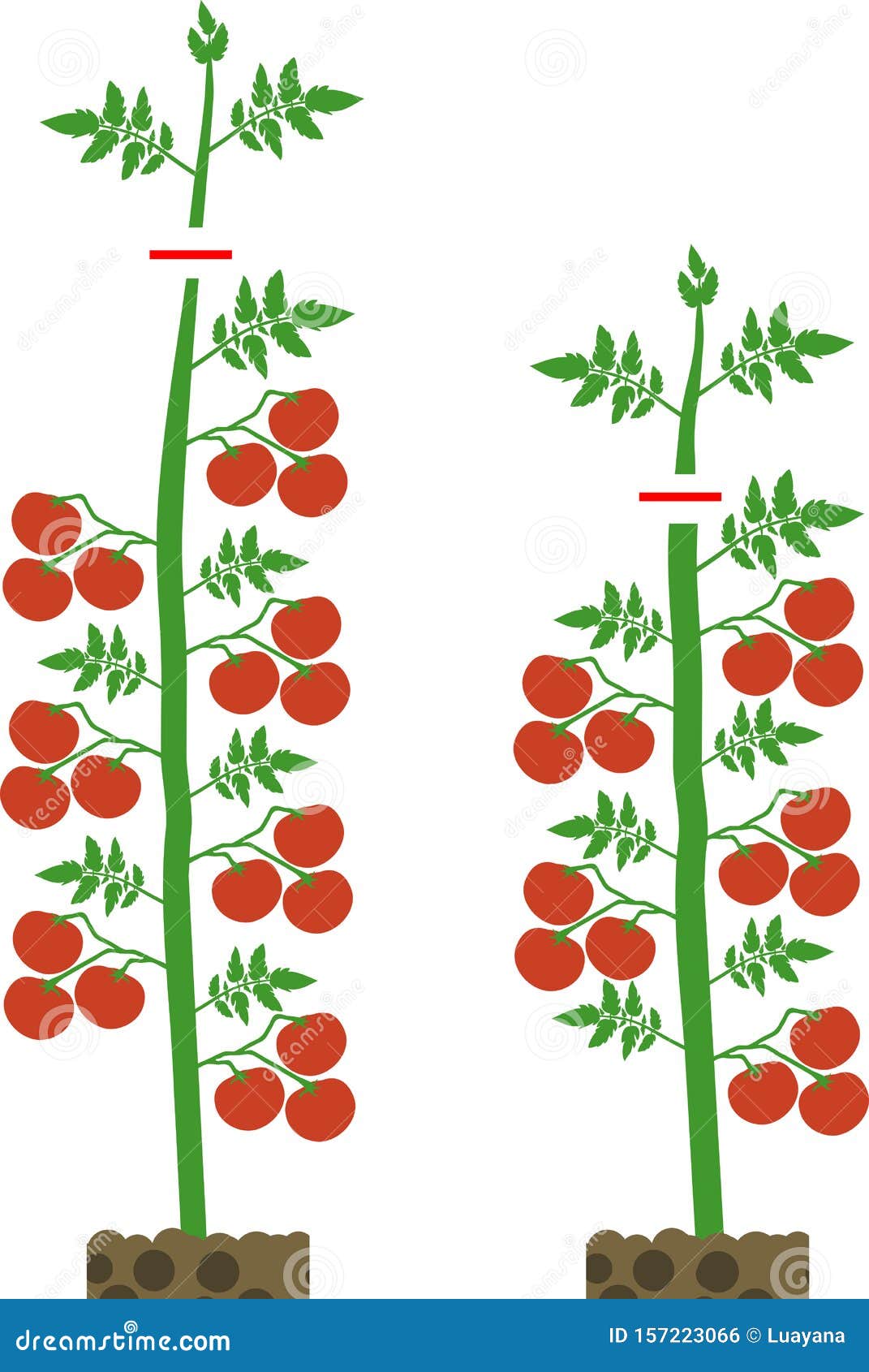
Leave it for a few hours to thoroughly soak the compost.


Next, place the entire pot in a waterproof wheelbarrow/large bucket filled with liquid tomato feed/liquid seaweed feed diluted to the right concentration. Start by removing any dead or very sickly-looking plants and then check all remaining plants for any faded flowers or seed-heads, using a sharp secateurs or your fingers to nip these off. The problem is, the suckers take up a lot of energy, and they aren’t great producers.Rework those summer pots: This month is an excellent time to give any tired-looking, drought-stricken summer containers a new lease of life so that they continue to flower abundantly right up until the first hard frosts. These are smaller still, but they will eventually grow large enough to produce fruit. Suckers grow in between the stems and the branches at the joint. The branches come out of these main stems and tend to be smaller and grow either horizontally or at an angle rather than upright. The main stems are the parts of the plant that grow upwards, and that support the lateral branch growth. How to Prune Tomato Plantsīefore we jump in, we need to define a few important terms:

If it just rained or you accidentally splashed water on the leaves when you were irrigating – something you should try to avoid – wait until the plant is dry. This usually happens some time in mid-June to mid-July, depending on where you live.Īfter this first round, you’ll need to prune again in two weeks, and every two weeks after that until the fruits start turning red or whatever their mature color is.


 0 kommentar(er)
0 kommentar(er)
